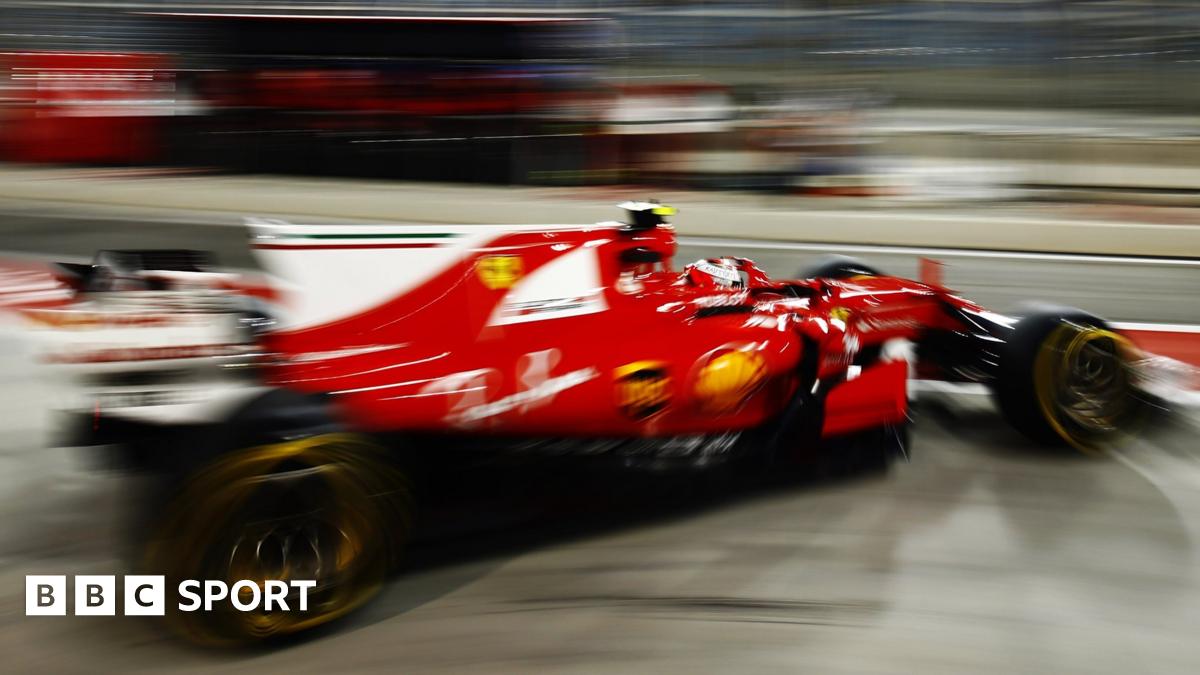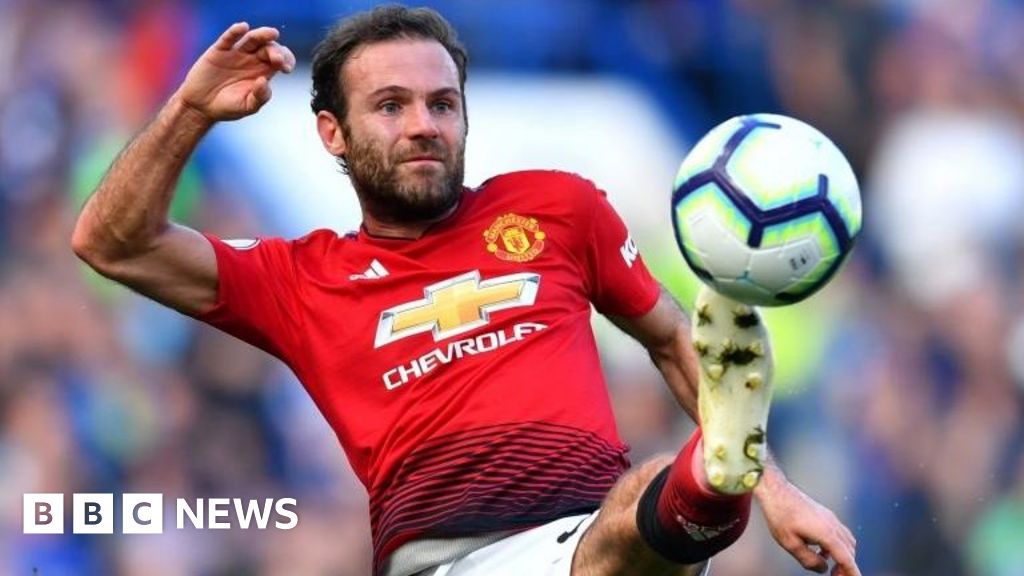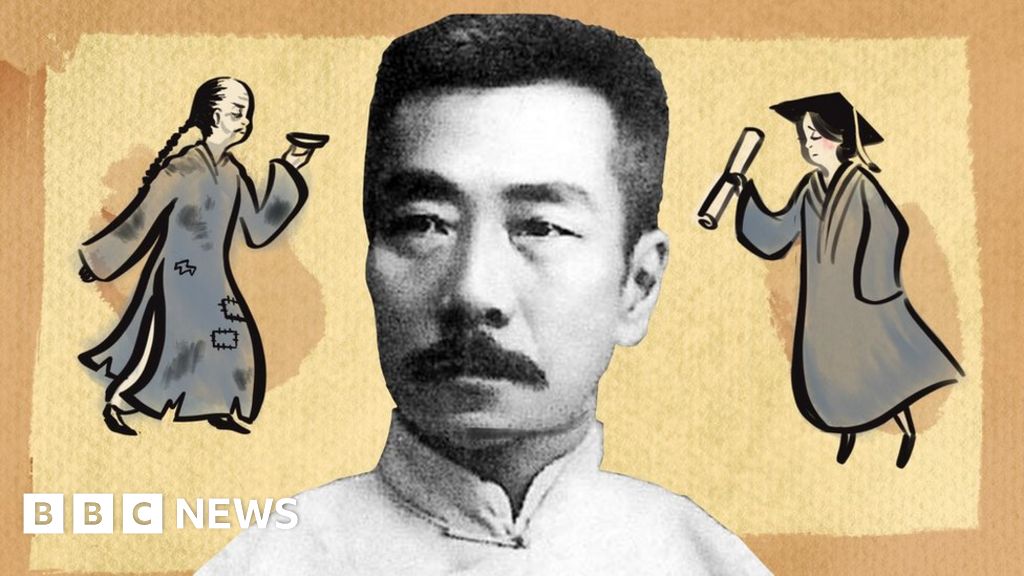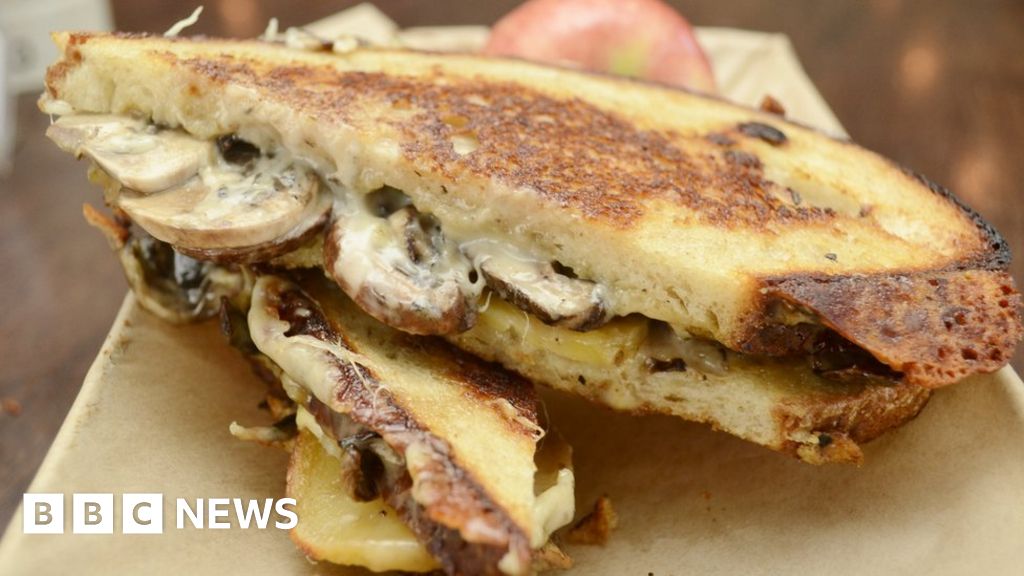How Ferrari gave Sebastian Vettel the chance to beat Lewis Hamilton

[ad_1]
Hard work is one thing. But all F1 teams work hard. Ferrari were working hard last year – and in 2014, when they also failed to win a race.
The explanation for the turnaround is more complex than that, and it starts a year or so ago, in the first difficult months of Ferrari’s 2016.
Ferrari were confident heading into last year that they had further closed the gap on Mercedes after a 2015 in which Vettel won three races. The team bosses told president Sergio Marchionne as much, and he came out before the season started and said he expected Ferrari to be absolutely competitive from the off.
The problems started when they were not. Marchionne is an uncompromising Italian-Canadian businessman with a reputation as a hard man with colourful language. His nickname is “the jumpered assassin”. He was not happy, and he wanted to know why performance was not what had been promised.
He began a full investigation into how things worked at Ferrari’s Maranello factory. He personally interviewed many staff, not just the bosses, wanted to know their thoughts on why Ferrari could not compete with the best British-based teams, and asked for an explanation about why they had a reputation for lack of imagination and innovation in F1 design.
Marchionne decided the design department needed to be restructured, to free up some of the more creative minds and make a less top-down structure.
He identified, he has said, about 20 key “high-potential individuals” to promote and harness. Management was reorganised; the format of meetings, too.
The idea was to make design more flexible, to ensure all ideas were discussed and make the group more open to suggestions. And to encourage a greater sense of ownership and responsibility among a much wider array of people, to avoid the usual Ferrari problem of people keeping their heads down so they could not be blamed for failure.
At the same time, Ferrari undertook an analysis of their weaknesses and concluded three main issues – aerodynamics, especially on circuits that require efficiency, such as Barcelona and Silverstone; tyre management; and gearbox fragility.
That done, they had a redefined baseline focus for 2017.
Source link




